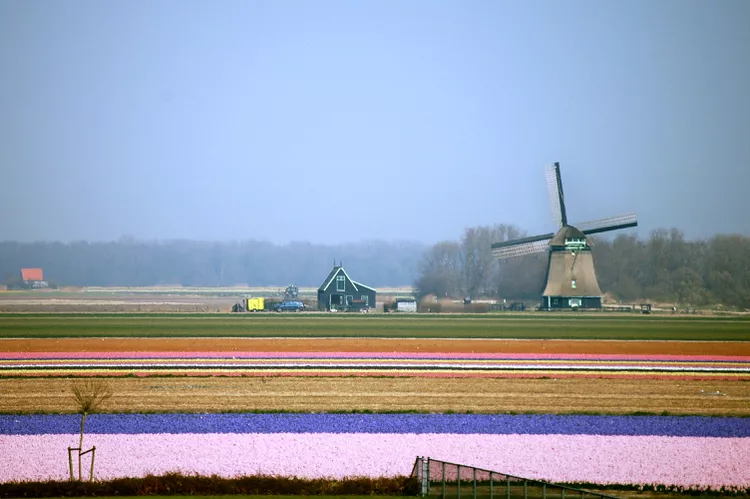1. Overview of the Low Countries
The Low Countries is a term often encountered in travel and history discussions, yet its precise boundaries can sometimes be unclear. This variation in definition has evolved over time. In contemporary Europe, the term “Low Countries” refers to the territory of the Rhine-Meuse-Scheldt delta, where much of the land is below sea level. This delta encompasses the northwestern coast of Europe and closely relates to the Netherlands and Belgium.
2. What is included in the Low Countries?
Moreover, “the Low Countries” is also commonly used to describe all of the Benelux countries (Belgium, Netherlands, and Luxembourg), despite Luxembourg being outside the delta itself. Nevertheless, Luxembourg’s rich history and culture significantly align with those of the delta lands, sharing political and cultural links over centuries.
In some contexts, the term “Low Countries” narrows down to just the Netherlands and Flanders. Historically, however, it encompassed a much broader area of Northern Europe, incorporating regions all the way down to western Germany and northern France, particularly lands situated downstream of major rivers.
3. Travel Itinerary for the Low Countries
What implications does this have for your travel plans? A journey through the Low Countries and/or Benelux provides an opportunity to experience a wealth of culture in a relatively small area. To plan your trip, consider visiting destinations in the broader scope of the Low Countries, which includes Benelux, western Germany, and northern France. Transport passes are available to ease travel between these diverse locations, including all-inclusive rail passes and combinations of rail and rental car options.
4. Recommended Destinations
Belgium
- Antwerp: Just a short journey from the Netherlands, Antwerp is filled with elegant merchant houses, world-class museums, delicious cuisine, and one of Europe’s most beautiful train stations.
- Ghent: The city of Ghent, with its picturesque canals, boasts an unmistakable Flemish identity visible in its traditions, cuisine, and vibrant festivals.
- Brussels: Recognized for its exceptional food, art, and architecture, Brussels is a city that warrants several days on any Low Countries itinerary.
- Brugge: Featuring remarkably preserved medieval architecture, this city has gained UNESCO status, with the 13th-century belfry as its centerpiece.
Luxembourg
- Vianden Castle: Sitting majestically above the River Our, Vianden Castle, constructed between the 11th and 14th centuries, is beautifully restored and worth a visit.
- Beaufort Castle: Situated in eastern Luxembourg, this 11th-century castle remains in ruins but offers a compelling attraction in its historical context.
Netherlands
- Amsterdam: The capital city, Amsterdam, serves as a convenient hub, with numerous tourist destinations easily accessible throughout the Netherlands.





